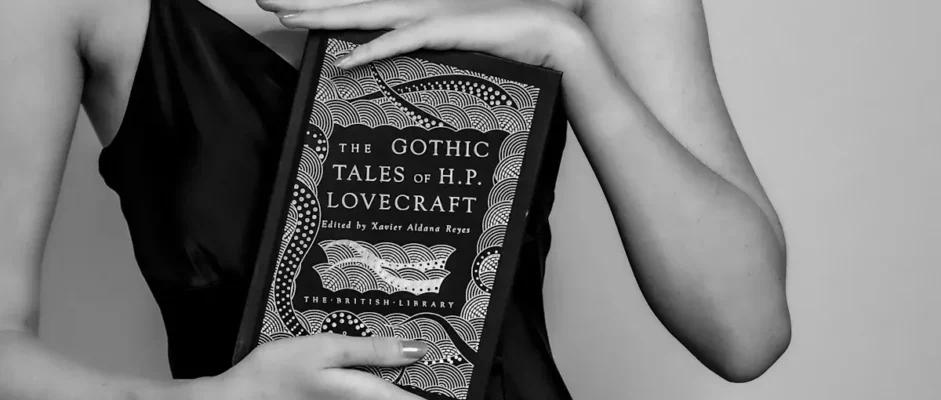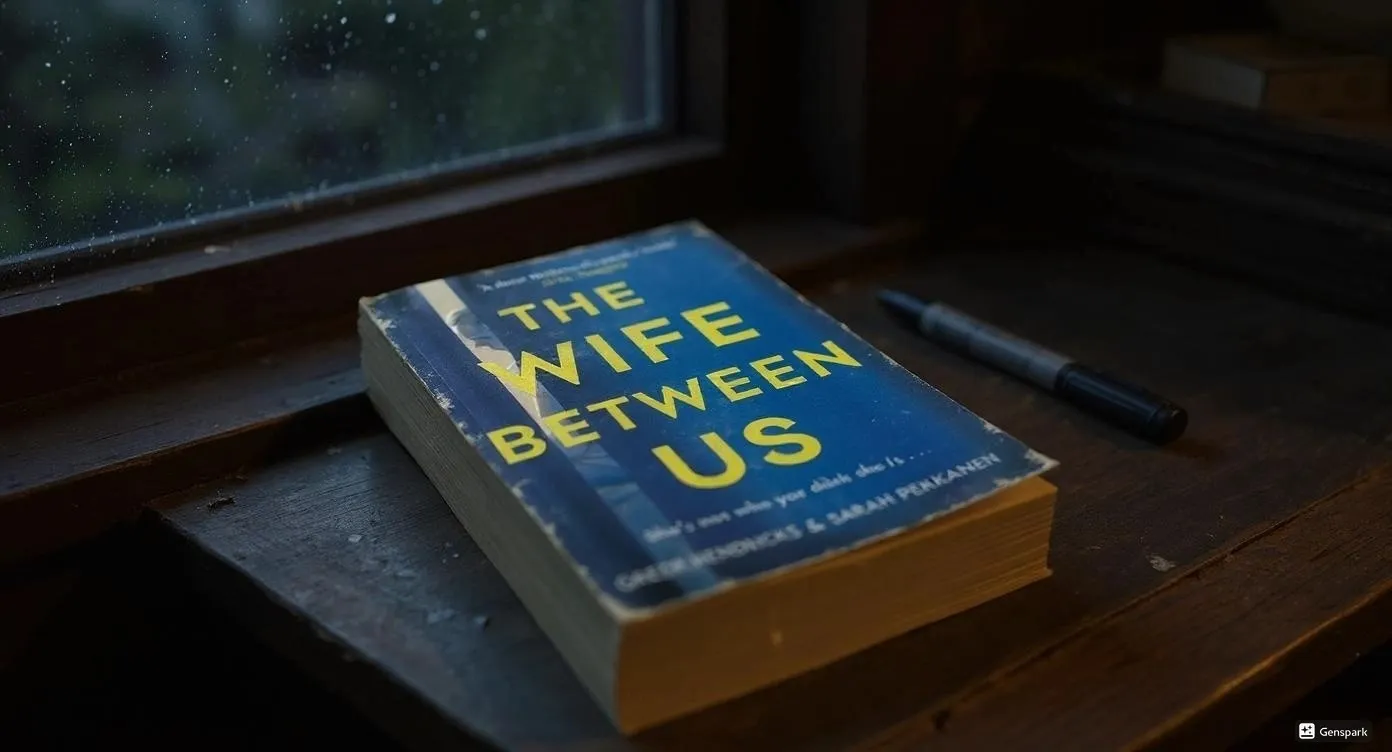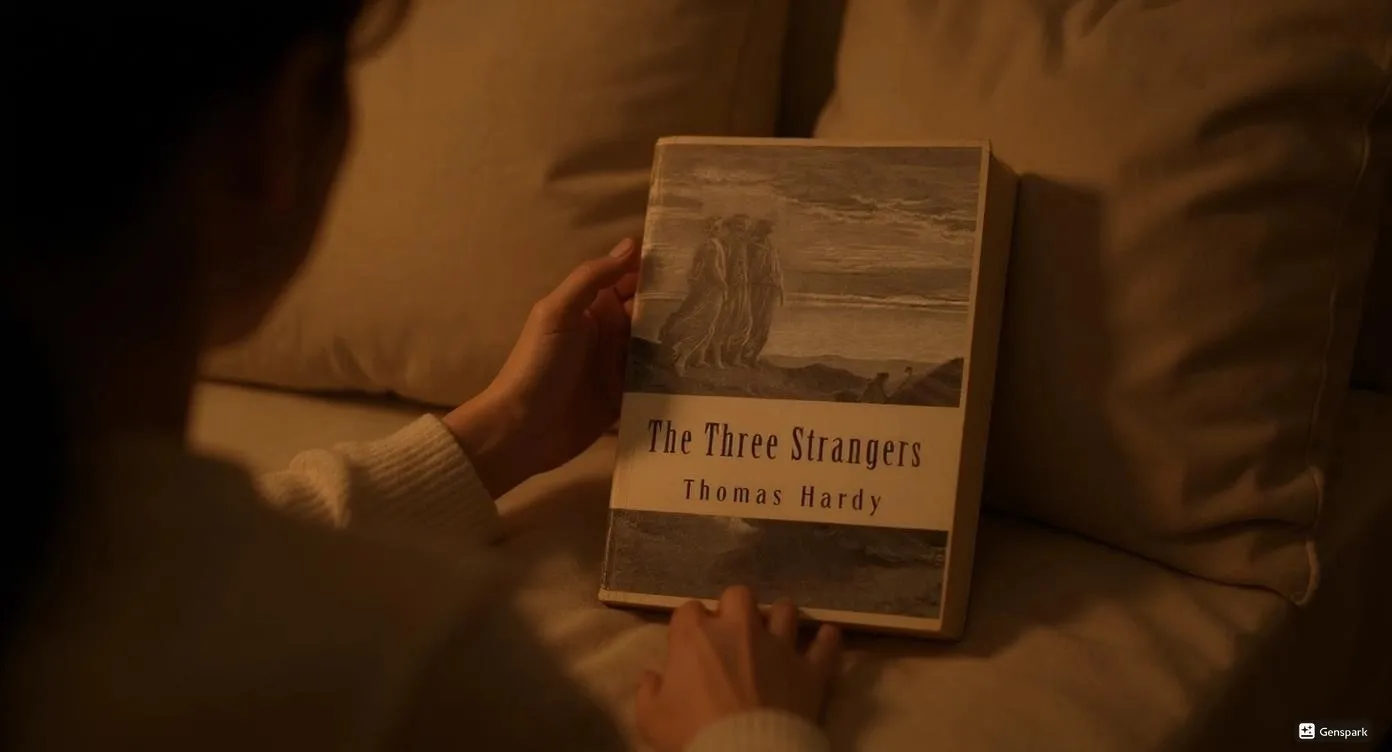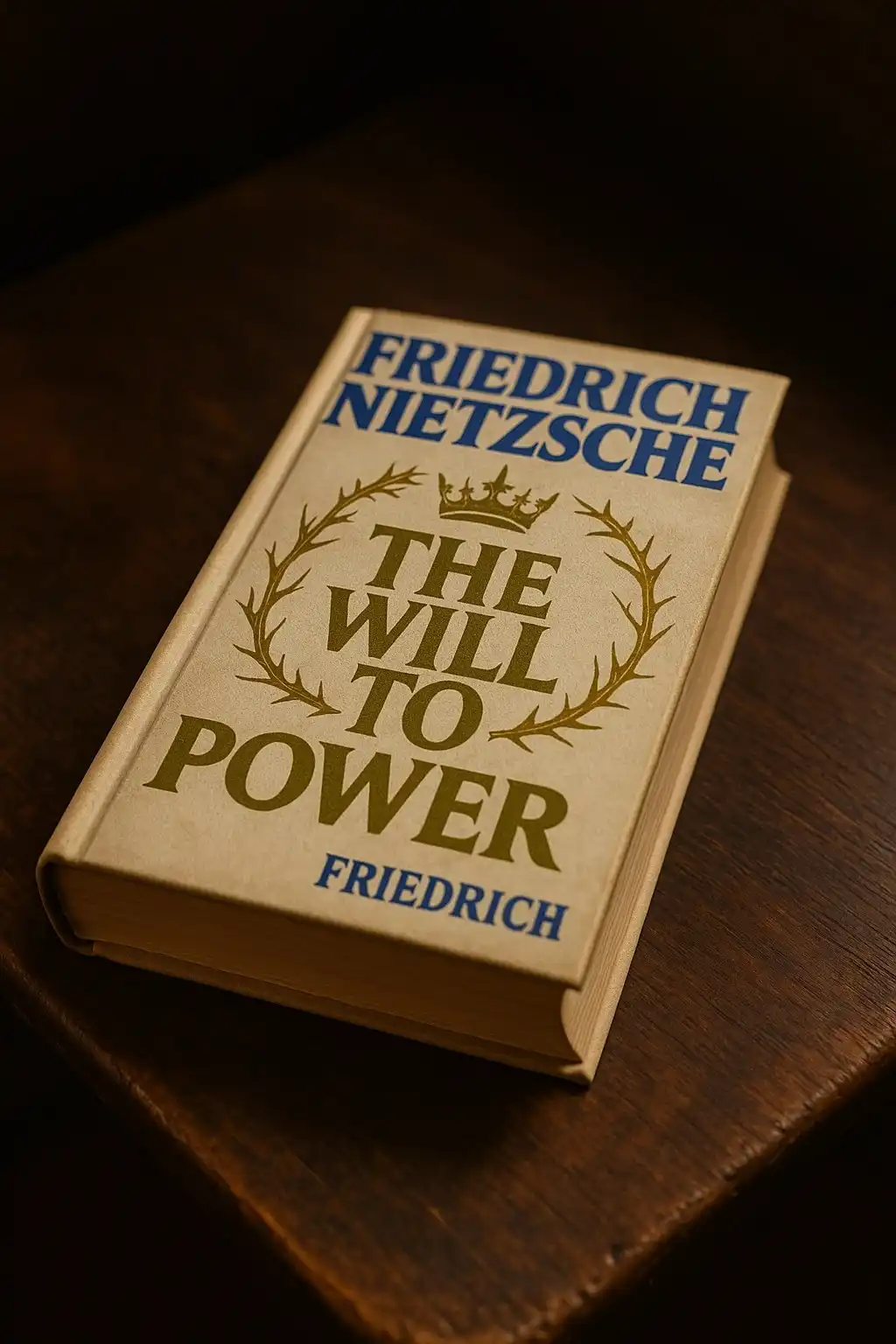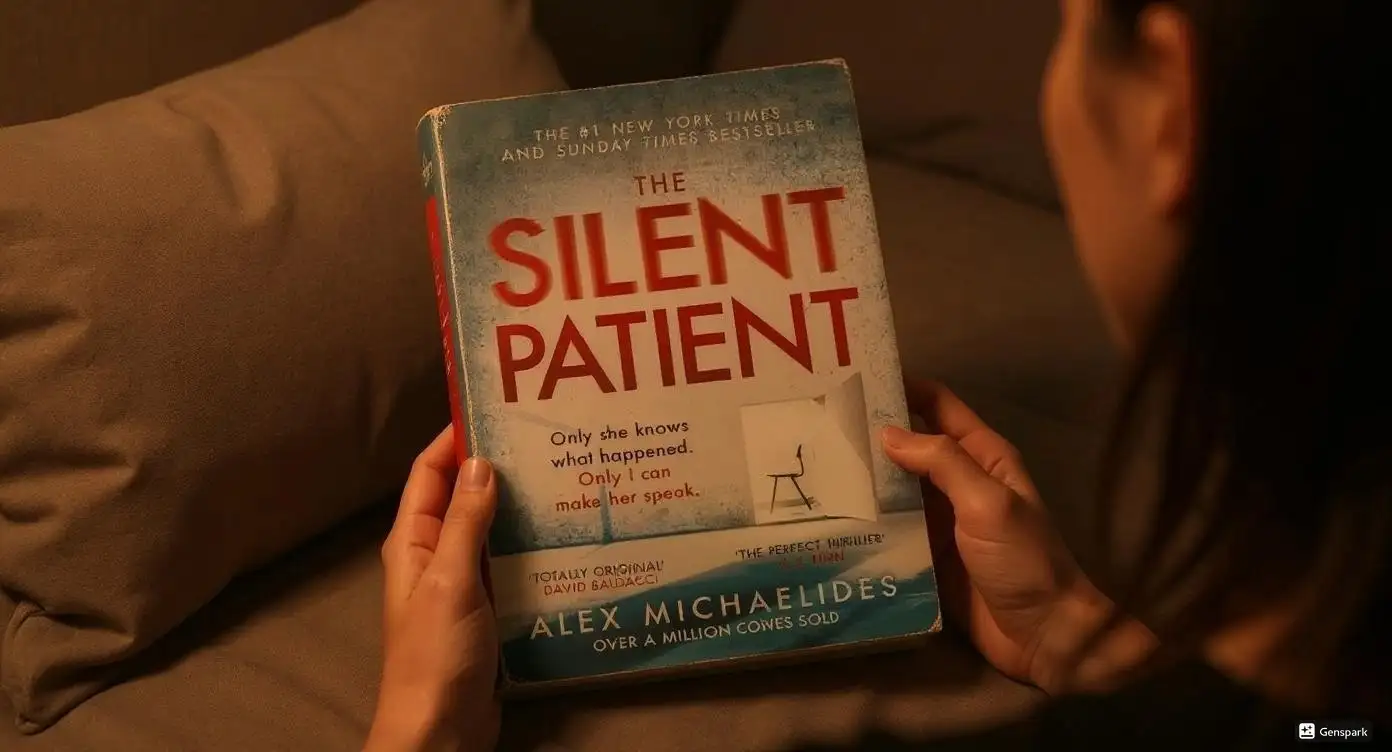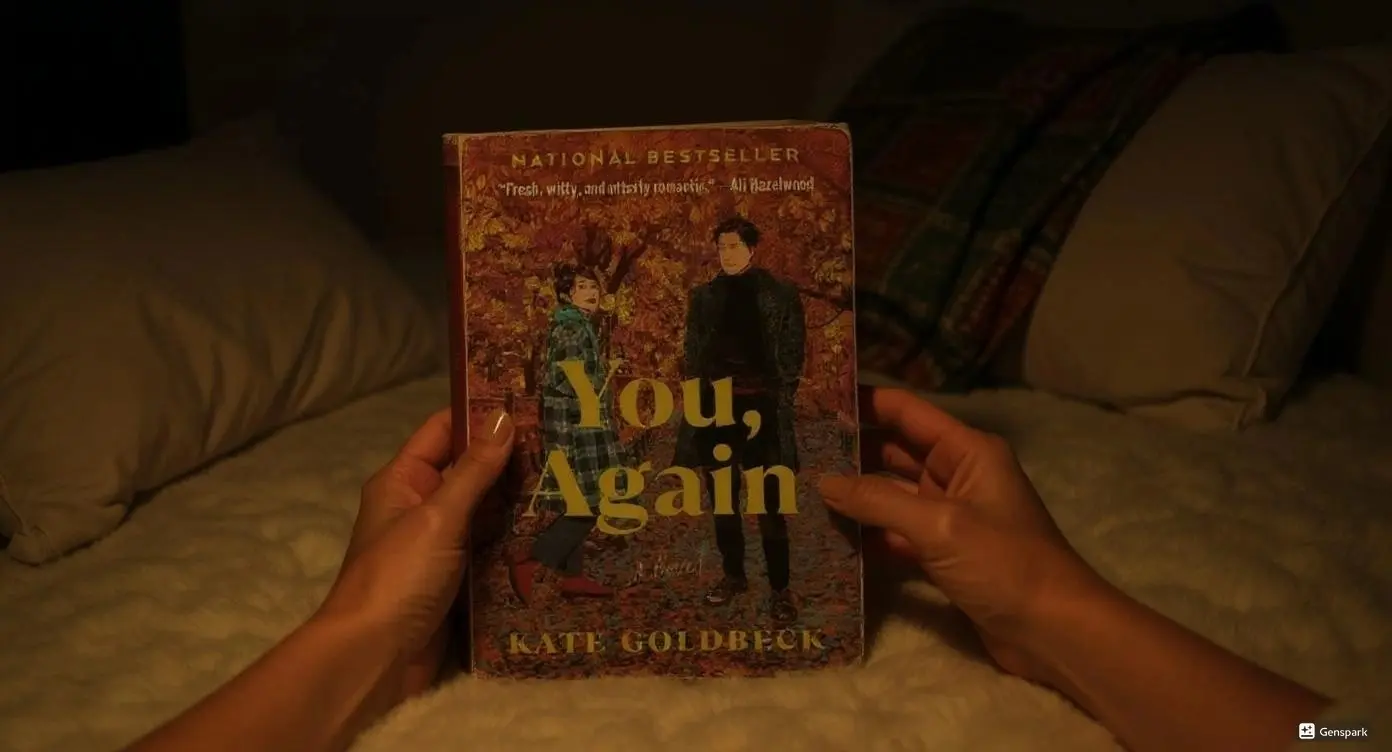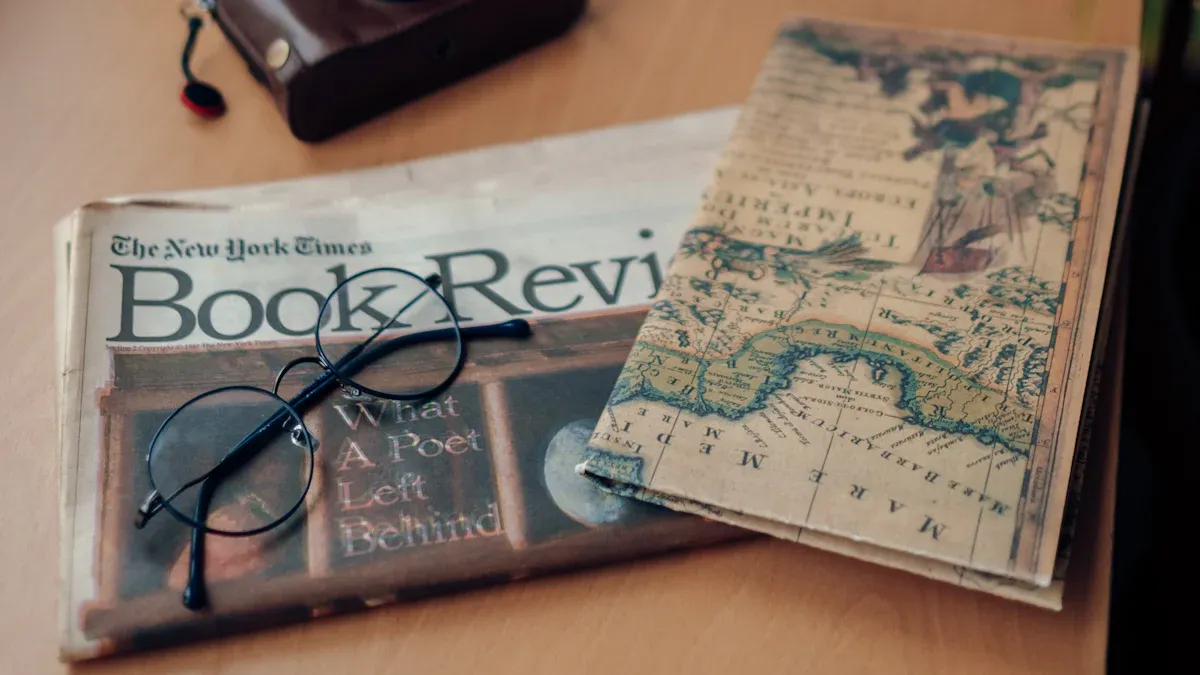I want to be honest. I read The God and the Gwisin by Sophie Kim very fast. I finished it in just one weekend. If you like Korean mythology, romance, or supernatural fantasy, this book is for you. I often read books in these genres.
Key Takeaways
The God and the Gwisin mixes Korean mythology, romance, and mystery. It creates a story that is exciting and full of feelings.
The characters Seokga and Kisa seem real and easy to understand.
Their bond gets stronger as they face problems and share secrets.
The Arctic Empress cruise ship makes the story more tense and interesting. It feels fancy but also a little scary.
Overview
Book Info
I always check the basics before I start a new fantasy series. Here’s what I found about The God and the Gwisin by Sophie Kim:
Title: The God and the Gwisin by Sophie Kim
Genre: Urban fantasy with a strong dose of Korean mythology and supernatural romance
Publication Date: May 14, 2024
Publisher: Delacorte Press
Formats: Trade paperback, exclusive editions, and audiobook. I noticed you can grab it from places like Amazon, Barnes & Noble, Apple Books, Kobo, and Google Play. I love having options, especially when I want to switch between reading and listening.
Series: Fate’s Thread
If you like to double-check details, you’ll find plenty of ways to verify the book’s release and format. I always appreciate when a book is easy to find in multiple formats. It makes late-night reading (or listening) so much easier.
Series Context
This book is the second in the Fate’s Thread series. The first book, The God and the Gumiho, introduced me to Sophie Kim’s unique blend of romance, myth, and supernatural mystery. I remember getting hooked on the world and the characters right away.
The God and the Gwisin by Sophie Kim picks up where the first left off, but it feels even more confident and twisty. If you’re new, you might want to start with book one, but you could jump in here if you’re just looking for a chilling, pulse-pounding adventure.
Plot
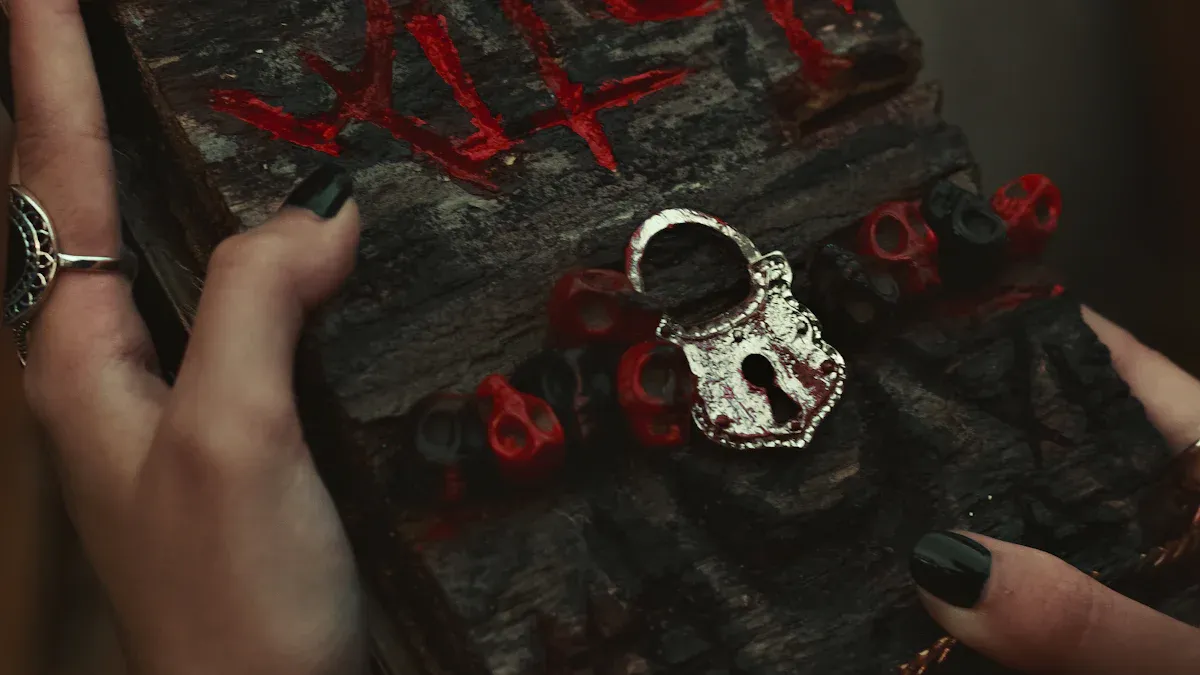
Main Characters
I got hooked on Seokga and Yoo Kisa right away. Seokga is a trickster god with a flair for drama and a soft spot for his lost love. He’s spent decades searching for her, and you can feel his longing in every scene. Yoo Kisa, who used to be Hani, works on the ship with no memory of her past life.
She’s weighed down by karmic debt and exhaustion, but she keeps going. Their relationship is tangled up in fate, memory loss, and that famous red thread. I loved watching them try to figure each other out while solving a murder. The ship’s supernatural vibe and Korean mythology make their journey even more intense.
Setting
The story takes place on the Arctic Empress, a luxury cruise ship stuck in a frozen fjord in the Arctic Circle. The ship feels both glamorous and claustrophobic. Every room, from the fancy suites to the crowded decks, adds to the tension. The victim’s messy suite and the locked-down environment make everyone a suspect.
I felt the isolation and suspense, especially with the security team on high alert. The ship’s luxury clashes with the danger, and Kisa’s fear of water made me anxious for her. The setting isn’t just a backdrop—it shapes every twist.
Conflict
The main conflict centers on Seokga and Kisa teaming up to solve a murder on the ship. They have to face their own tangled pasts and the mysteries swirling around them. The story blends:
Romance: Love, desire, and the struggle to reconnect.
Mystery: Unsolved crimes, hidden motives, and a locked-room vibe.
Supernatural folklore: Gods, reincarnation, enchantments, and mythic debates.
This mix kept me guessing and rooting for them. The plot never lets up, and the folklore adds a chilling, magical edge.
The God and the Gwisin by Sophie Kim: Review
Characters
I have to give props to Sophie Kim for her character work. Seokga and Kisa (Hani) feel real to me. Seokga is not just a trickster god—he’s a mess of longing, regret, and stubborn hope. I saw him struggle with his feelings and his past mistakes. Kisa, on the other hand, is tough but tired. She works hard, even when she feels lost.
Their chemistry jumps off the page. I loved how their banter made me smile, but their pain made my heart ache. Watching them try to trust each other again felt honest. If you read the first book, you’ll notice how much they’ve grown. They don’t just repeat old patterns. They fight for something new, even when it hurts.
Seokga’s humor hides his fear of losing Kisa again.
Kisa’s exhaustion makes her relatable. She wants answers, but she’s scared of what she’ll find.
Side characters like the ship’s crew and other supernatural beings add flavor, but Seokga and Kisa steal the show.
Themes
The God and the Gwisin by Sophie Kim digs deep into reincarnation, fate, and the weight of old promises. The story uses an ancient scroll and words like “punar-udbhava” (rebirth) and “kâla-traya” (across time) to show how destiny follows the characters. I felt the push and pull between believing in fate and wanting to break free.
The book even includes a scene where Kisa presents her ideas to a group of skeptics, which reminded me of real-life debates about reincarnation. The story doesn’t just say, “This is how it is.” It lets characters question, doubt, and hope. I liked that. It made the magic feel grounded.
Note: The book also nods to real studies on reincarnation, like Obeyesekere’s Karma and Rebirth. This gives the story a smart, thoughtful edge.
Romance is another big theme. The love story isn’t just about passion. It’s about forgiveness, second chances, and the courage to face the past. Korean mythology weaves through everything, from the gods’ arguments to the rules of the underworld. If you love stories about destiny and soulmates, you’ll find a lot to think about here.
Pacing
I couldn’t put it down. The God and the Gwisin by Sophie Kim keeps the tension high by mixing short, punchy sentences with longer, thoughtful moments. Here’s how the pacing works:
Action scenes use quick sentences to make my heart race.
Slower, emotional scenes let me catch my breath and think about what’s at stake.
The story uses cliffhangers and foreshadowing to keep me guessing.
The plot follows a Three-Act Structure: setup, rising action, and a jaw-dropping climax.
Dialogue and description balance each other, so I never felt bored or overwhelmed.
I noticed the book never drags. Each chapter ends with a hook. I stayed up way too late, telling myself, “Just one more page.” The rhythm feels just right for a supernatural mystery with romance.
Atmosphere
The Arctic Empress cruise ship setting is chilling in every sense. I could almost feel the cold air and hear the creak of the ship in the ice. The luxury of the ship clashes with the fear and suspicion on board. Every hallway feels haunted.
The supernatural touches—like ghostly whispers and enchanted rooms—make the atmosphere thick with suspense. I got goosebumps more than once.
Sophie Kim’s writing style is clear and easy to follow. She uses simple words but paints vivid pictures. I think both YA and adult readers will find the book accessible. The story never talks down to you, but it doesn’t get lost in complicated language either.
The underworld cruise feels both glamorous and dangerous.
The sense of isolation adds to the suspense.
The supernatural elements make the setting unforgettable.
To be fair, some scenes felt a little over-the-top, but I didn’t mind. The mood kept me hooked from start to finish.
Strengths & Weaknesses
I’ll be honest, I read The God and the Gwisin with my phone flashlight under the covers. I just couldn’t stop. But even a book that kept me up all night has its ups and downs.
What worked for me:
Characters with depth: Seokga and Kisa felt real. Their pain and hope made me root for them. I loved their banter and the way they tried to trust each other again.
Atmosphere: The cruise ship setting felt both glamorous and claustrophobic. I could almost hear the ice cracking outside.
Mythology: The story weaves Korean folklore into every chapter. It never felt forced. I learned new things without feeling like I was in a classroom.
Narrative focus: The book grounds its story in a bigger picture, focusing on fate and the journey of a people, not just one person. That gave the romance and mystery more weight.
What tripped me up:
Limited worldview: Sometimes, the story sticks so closely to its own rules and history that it shuts out bigger questions. I wanted more room for different ideas or philosophies.
Modern connections: The book’s focus on fate and reincarnation sometimes felt at odds with how I see the world today. I wished for more bridges between the old myths and modern life.
Side characters: Some of the crew and supernatural beings felt a bit flat. I wanted to know them better.
Note: I appreciate the book’s boldness, but I missed a little messiness. Not every answer needs to come from fate or history. Sometimes, I just want a character to make a wild choice.
Comparison
Book One vs. Book Two
I have to admit, I read both books back-to-back. The God and the Gumiho felt lighter and more playful. The God and the Gwisin by Sophie Kim took a darker turn. The tone shifted from flirty banter to something more serious and urgent.
I noticed the stakes felt higher this time. Seokga and Kisa both carried more pain and hope. Their journey felt less about flirting and more about healing old wounds.
Here’s what stood out to me:
Book one focused on discovery and first love. Book two leaned into second chances and forgiveness.
The plot in book two felt twistier. I had to pay closer attention to the clues and secrets.
The romance grew up. It wasn’t just about sparks. It was about trust and facing the past.
To be fair, I missed some of the lighter moments from book one. The tension in book two left me gasping at times.
Series Growth
I saw real growth in the series. The writing style got sharper. The pacing picked up. The God and the Gwisin by Sophie Kim didn’t waste a single scene. The themes of fate and reincarnation felt deeper. I liked how the story asked bigger questions about destiny and choice.
The world felt richer, with more supernatural details.
The characters made braver choices.
The mystery kept me guessing until the end.
I have to give props to Sophie Kim for making the sequel feel fresh but still connected to the first book.
Recommendation
Ideal Readers
If you love stories that mix romance, mystery, and a touch of magic, you’ll probably enjoy The God and the Gwisin by Sophie Kim. I’d say this book is a great pick for:
Fans of Korean mythology who want something fresh and modern.
Anyone who binges K-Drama and wishes for more supernatural twists.
Readers who crave a strong romance but also want a real plot with suspense.
People who like supernatural fantasy with a locked-room mystery vibe.
I found myself thinking about the characters long after I finished. If you like books that keep you guessing and make you feel a little haunted, this one fits the bill. I also think it works for both teens and adults. The writing is clear, and the story moves fast, so you won’t get bored.
If you’re new to the Fate’s Thread series, you can start here, but you’ll get more out of it if you read book one first.
Content Notes
I always want to know what I’m getting into before I start a new book, especially if I’m recommending it to younger readers or parents. Here’s what stood out to me:
The God and the Gwisin by Sophie Kim feels safe for most teens (I’d say ages 13+). The romance is swoony but not graphic.
The story deals with fate, reincarnation, and some spooky supernatural moments, but nothing too scary or violent.
There’s a murder mystery, but the details stay pretty light. No graphic scenes or disturbing descriptions.
Some emotional themes—loss, regret, and forgiveness—might hit hard, but nothing felt overwhelming or inappropriate.
I noticed that industry guidelines suggest using pop-up warnings or alerts for sensitive content, especially for younger readers. Platforms often recommend sharing safety tips and information about risks, which helps everyone make smart choices.
I didn’t see anything in this book that would need a big warning, but I always like to mention that some supernatural themes and emotional moments could be intense for sensitive readers.
Tip: If you’re a parent or teacher, you might want to talk with kids about the difference between myth and reality, especially when stories touch on fate or reincarnation.
I didn’t spot any content that would break major platform rules or need a privacy warning. The God and the Gwisin by Sophie Kim keeps things respectful and age-appropriate.
Author & Purchase
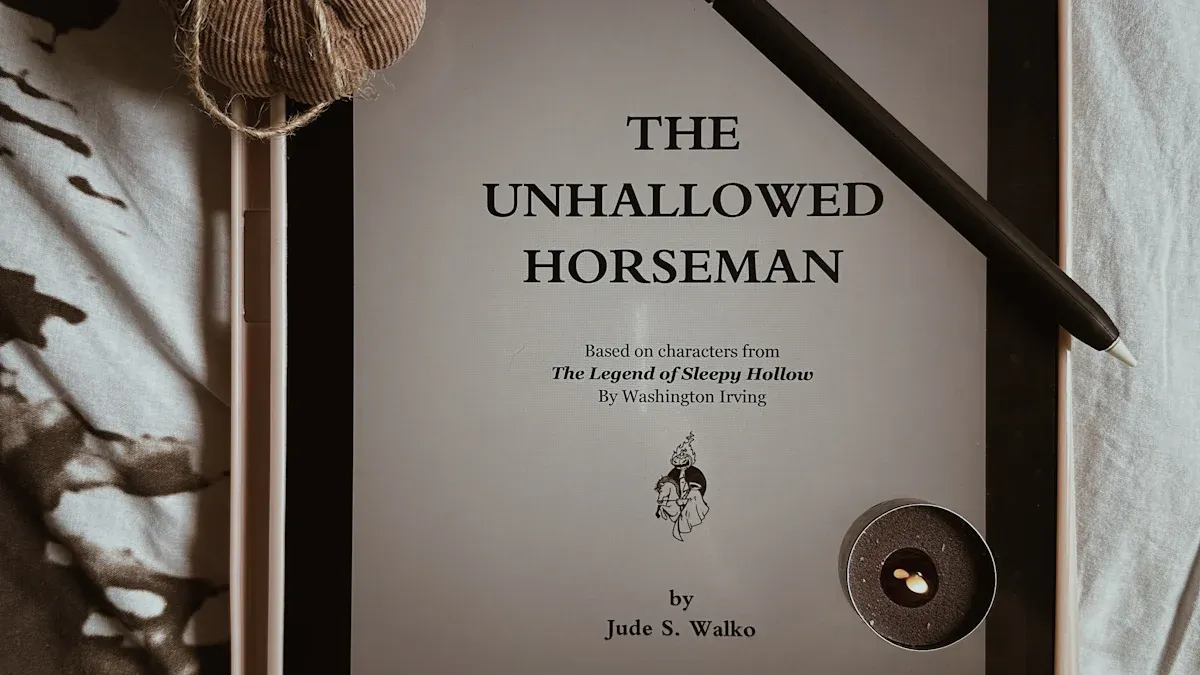
About Sophie Kim
I always get excited when I find an author who writes with heart. Sophie Kim does just that. She brings Korean mythology to life with a style that feels both fresh and easy to read. Her stories move fast, but she never forgets to add emotion and humor.
I noticed she likes to mix romance, mystery, and magic in every chapter. That mix kept me turning the pages late into the night. I felt like I was right there with Seokga and Kisa, feeling their hope and pain. If you want a story that feels both magical and real, Sophie Kim delivers.
Tip: If you enjoy stories with strong characters and a touch of folklore, you might want to keep an eye on her next books.
I’ll be honest, The God and the Gwisin by Sophie Kim surprised me in the best way.
The characters felt real.
The setting gave me chills.
The romance and mystery kept me hooked.
If you love supernatural stories, give this one a try! Share your thoughts below.
Dionysus Review Rating: 7/10
Sip The Unknown—Discover Stories You Never Knew You’d Love!
Dionysus Reviews Has A Book For Every Mood
Biography & Memoir
Fiction
Mystery & Detective
Nonfiction
Philosophy
Psychology
Romance
Science Fiction & Fantasy
Teens & Young Adult
Thriller & Suspense
Frequently Asked Questions
Is it necessary to read “The God and the Gumiho” first?
I started with book one and felt more connected. You can jump in here, but you’ll miss some backstory and character growth.
Does the book have a happy ending?
I won’t spoil it, but I felt satisfied. The ending gave me hope and left me thinking about fate and second chances.
Will I learn about Korean mythology?
Absolutely! I picked up new myths and legends. The story weaves them in naturally, so I never felt lost or confused.
